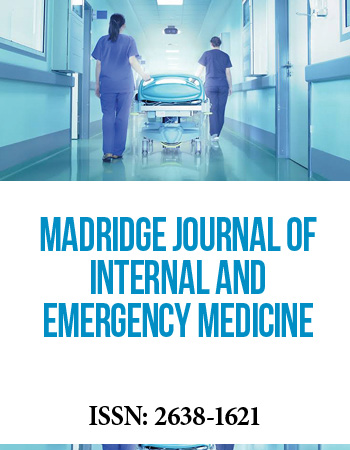International Translational and Regenerative Medicine Conference
April 25-27, 2018 | Rome, Italy
Inhibition of Senescence and Promotion of the Proliferation of Chondrocytes from Articular Cartilage by CsA and FK506 Involves Inhibition of p38MAPK
1Department of Microbiology, Dankook University College of Medicine, Korea
2Cancer Research Institute, Seoul National University College of Medicine, Korea
CyclosporineA (CsA) and tacrolimus (FK506) are the most important immunosuppressive compounds that block the activation of helper T-cells. In this study, we investigated the effects of CsA and FK506 on growth and senescence of articular chondrocytes. Chondrocytes from young rabbit cartilage entered senescence after 8.6 ± 0.8 population doublings (PDs), while chondrocytes treated with CsA and FK506 entered senescence after 12.3 ± 1.4 and 13.7 ±0.6 PDs, respectively. Furthermore, chondrocytes from the cartilage of old rabbits were senescent after 2.6 ± 0.9 PDs, whereas those treated with CsA and FK506 were senescent after 8.2±1.8 and 6.9 ± 1.6 PDs, respectively. These compounds also inhibited senescence induction of chondrocytes in a high-cell density pellet culture system. We previously reported that p38MAPK plays a critical role in the onset of senescence in chondrocyte. This study revealed that the phosphorylation of p38MAPK was inhibited by either CsA or FK506. The early onset of senescence in chondrocyte harboring MKK6E, which is a constitutively-active form of MKK6 and increases p38MAPK phosphorylation, was blocked by CsA. These results suggest that CsA and FK506 increase the proliferation and inhibit the senescence of articular chondrocytes through inactivation of p38MAPK.
Keywords: Senescence, p38MAPK, CsA, FK506, chondrocyte.
Biography:
Dr. Shin received his Phd in 1989 at the University of Tokyo, and worked as a Postdoc fellow and a research associate at NCI, USA. He was nominated as a chief of National Research Lab and a PM of National Cancer-Aging Research Program, and served as a Chair for Korean Assoaiciation of Genrontology and now serves as a professor and director of Aging-Cancer Center of Dankook University He provided first evidence that p53 can induce senescence in human tumor and suggested a novel cancer therapy to induce senescence in human tumors.


